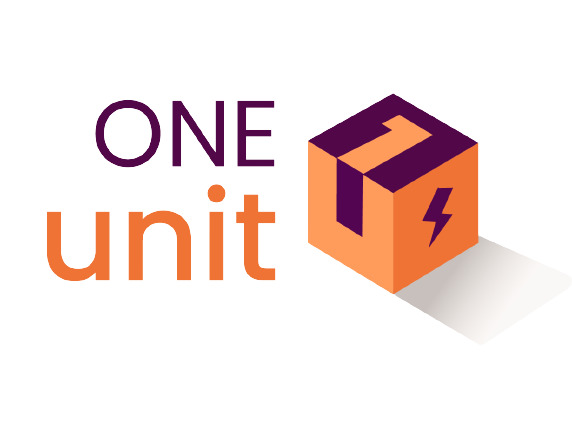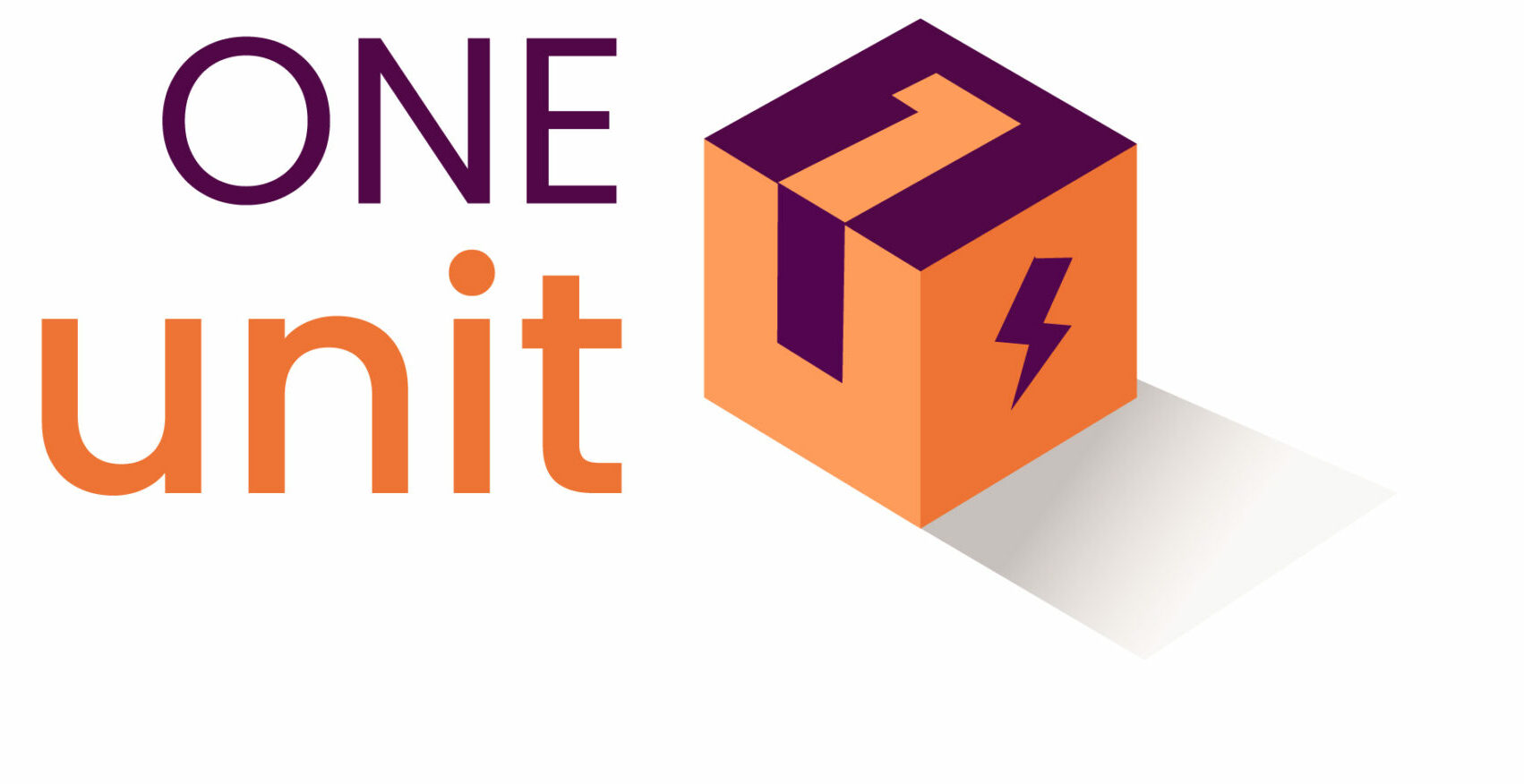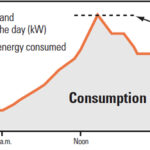What is Leading And Lagging Reactive Energy?
Leading and lagging reactive power refer to the phase relationship between the voltage and current in an AC electrical system. In an AC system, the voltage and current waveforms are sinusoidal and can be out of phase with each other due to the presence of reactive components like capacitors and inductors.
Lagging reactive power occurs when the current waveform lags behind the voltage waveform in phase. This means that the reactive power is being drawn from the electrical system by inductive loads, such as motors, transformers, or fluorescent lights. This type of reactive power can result in a low power factor, which can cause inefficiencies and increased energy costs.
Leading reactive power occurs when the current waveform leads the voltage waveform in phase. This means that the reactive power is supplied to the electrical system by capacitive loads, such as capacitors or power factor correction devices. This type of reactive power can improve the power factor and overall efficiency of the electrical system.

How can we calculate leading & lagging reactive energy?
Reactive energy, also known as volt-ampere reactive hours (VARh), can be calculated using the following formula:
VARh = V x I x sin(θ) x t
where V is the RMS voltage, I is the RMS current, θ is the phase angle between the voltage and current waveforms, and t is the duration of the measurement period in hours.
To calculate the leading reactive energy, you need to measure the voltage and current waveforms and determine that the current waveform leads the voltage waveform. The phase angle θ will be a negative value, indicating that the current waveform is leading the voltage waveform. You can then use the above formula to calculate the VARh lead.
To calculate the lagging reactive energy, you need to measure the voltage and current waveforms and determine that the current waveform lags behind the voltage waveform. The phase angle θ will be a positive value, indicating that the current waveform is lagging the voltage waveform. You can then use the above formula to calculate the VARh lag.
It’s important to note that VARh is a cumulative measurement of reactive energy over time, and it can be measured using specialized instruments such as power quality analyzers or energy meters that are capable of measuring both voltage and current waveforms and calculating the phase angle.
What happens when leading and lagging energy increases?
When the leading or lagging reactive energy increases, it can have several effects on the electrical system, including:
- Reduced power factor: The power factor is a measure of the efficiency of the electrical system and is the ratio of real power (in watts) to the apparent power (in volt-amperes). When the reactive power (leading or lagging) increases, it reduces the available capacity for real power, resulting in a lower power factor. This can lead to increased energy costs, as utilities often charge higher rates for customers with lower power factors.
- Increased line losses: The reactive power can cause additional losses in the electrical system due to the increased current flow caused by the reactive component. This results in increased heating and voltage drop in the transmission lines and transformers, leading to reduced efficiency and increased energy costs.
- Reduced voltage stability: Reactive power can cause voltage instability, which can result in voltage fluctuations, dips, and surges. This can cause damage to sensitive electrical equipment, reduce their lifespan, and affect the quality of the electrical supply.
- Increased need for generation capacity: When the reactive power (leading or lagging) increases, it can cause an increased demand for generation capacity to maintain the voltage and frequency stability of the electrical system. This can lead to increased costs for building and operating new power generation facilities.
How to prevent Leading and Lagging energy?
To prevent leading and lagging reactive energy, you can take the following steps:
- Install power factor correction devices: Capacitors and reactors can be installed in the electrical system to compensate for reactive power and improve the power factor. These devices can reduce the amount of reactive power drawn from the grid, leading to lower energy costs and improved efficiency.
- Optimize equipment selection and design: Selecting energy-efficient equipment and designing electrical systems with low impedance can reduce the amount of reactive power in the system and improve the power factor.
- Implement efficient control strategies: Controlling the reactive power in real-time can help to minimize the amount of leading and lagging reactive energy in the system. This can be achieved by using advanced control techniques such as active power factor correction, which automatically adjusts the amount of reactive power compensation to maintain a constant power factor.
- Perform regular maintenance and monitoring: Regular maintenance of electrical equipment such as transformers and motors can help to reduce the amount of reactive power in the system. Monitoring the power factor and reactive power levels can also help to identify areas where improvements can be made to reduce leading and lagging reactive energy.
- Educate users: Educating users on the importance of maintaining a high power factor and the impact of leading and lagging reactive energy can help to prevent leading and lagging energy.





